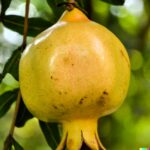
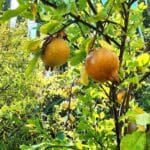
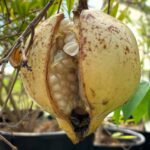
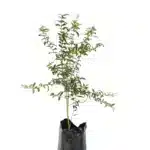
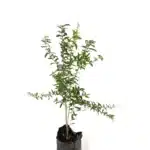
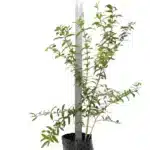

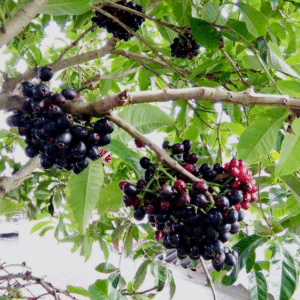
White Pomegranate Tree (Punica granatum) live fruit tree 1′ – 2′ feet tall
$69.99 Original price was: $69.99.$49.99Current price is: $49.99.
White Pomegranate, a unique variety of the classic pomegranate, is known for its light-colored arils (the juicy seeds inside the fruit) and milder, sweeter flavor. Scientifically classified as Punica granatum, this variety stands out for its creamy or pale yellow skin and nearly translucent arils, which offer a refreshing and subtle sweetness with lower acidity than traditional red pomegranates. Originating in parts of the Middle East and Asia, the white pomegranate has become popular in many warm climates for its delicious fruit, health benefits, and ornamental appeal in the garden.
White Pomegranate
Appearance and Characteristics:
The White Pomegranate tree is a deciduous shrub or small tree that typically grows between 10 and 20 feet tall, with a spreading, rounded canopy of narrow, elongated leaves. In the spring and summer, the tree produces vibrant, red-orange flowers that are funnel-shaped and attract pollinators. These flowers eventually develop into round fruits, usually 3 to 5 inches in diameter, with a pale, creamy-yellow or light green skin, often with a hint of pink blush when exposed to the sun.
The arils inside the white pomegranate are nearly translucent, with a light pink or off-white color. Unlike traditional red pomegranate arils, the white arils are less acidic and have a subtle, honey-like sweetness. This delicate taste profile makes the white pomegranate particularly appealing for those who prefer a milder flavor.
Growing Conditions:
White Pomegranate trees thrive in warm, arid climates and are well-suited for USDA hardiness zones 7 to 11. They prefer full sun, which enhances flowering and fruiting, and are highly drought-tolerant once established. The trees grow best in well-drained, sandy or loamy soil with a slightly acidic to neutral pH, though they are adaptable to a range of soil types as long as there is good drainage.
In regions with cooler winters, pomegranate trees can survive light frost but may suffer damage if temperatures drop below 15°F. In such climates, they can be grown in containers and brought indoors or to a greenhouse during the colder months.
Watering and Fertilizing:
While White Pomegranate trees are drought-tolerant, regular watering during the growing season supports healthier growth and better fruit production. During dry spells, particularly in hot summer months, watering every one to two weeks helps the tree stay hydrated and thrive. In areas with heavy rainfall, care should be taken to avoid waterlogging, as pomegranates are sensitive to poor drainage.
Fertilizing the tree in early spring with a balanced fertilizer supports robust growth, flowering, and fruit development. Additional feeding can be applied mid-summer to encourage fruiting. Organic compost or well-rotted manure added around the base of the tree can help improve soil fertility and support root health.
Care and Maintenance:
White Pomegranate trees are relatively low-maintenance once established. Pruning is beneficial for maintaining a compact shape, improving air circulation, and promoting more prolific flowering and fruiting. Prune the tree in late winter or early spring, before new growth starts, to remove dead or weak branches and to open up the center for better airflow and sunlight penetration.
Mulching around the base of the tree helps retain soil moisture, reduce weed competition, and regulate soil temperature. In colder climates, adding a layer of mulch in the fall can help protect the roots from winter chill.
Pests and Diseases:
White Pomegranate trees are generally hardy but can sometimes attract pests such as aphids, whiteflies, and mealybugs. Regular inspections and early intervention with organic pest control methods, like neem oil or insecticidal soap, can help manage these issues. Leaf-footed bugs and fruit flies can also be problematic as the fruit ripens. Using traps and good sanitation practices, such as removing fallen fruit, can help keep pests at bay.
Fungal diseases, including leaf spot and fruit rot, may occur in humid conditions or if the tree is overwatered. Ensuring proper spacing, avoiding overhead watering, and pruning for good airflow can help reduce the risk of fungal infections. In severe cases, fungicides may be necessary to control the spread of disease.
Harvesting:
White Pomegranate trees typically start producing fruit within 3 to 5 years of planting, with the harvest season usually falling in late summer to early fall. The fruit is ready to be harvested when the skin develops a creamy or pale yellow color and becomes firm. Unlike red pomegranates, the color of white pomegranates doesn’t deepen significantly as they ripen, so slight cracking of the skin can indicate full ripeness.
To harvest, cut the fruit from the tree with pruning shears rather than pulling to avoid damaging the fruit or the tree. Once harvested, white pomegranates can be stored at room temperature for a few days or refrigerated for longer freshness.
Culinary Uses:
White pomegranates are highly versatile in the kitchen. Their mild, sweet flavor and delicate arils make them ideal for fresh eating. The arils can be sprinkled over salads, added to fruit bowls, or used as a garnish for desserts and beverages. They’re also commonly used in smoothies, yogurt bowls, and other healthful snacks.
In cooking, white pomegranate arils or juice can be used to add a subtle sweetness and acidity to sauces, marinades, and glazes. The juice is also used in salad dressings and beverages or even made into jelly, syrups, and refreshing sorbets. White pomegranate seeds, like red ones, are edible and provide a crunchy texture to dishes.
Nutritional Value:
White pomegranates are rich in antioxidants, including polyphenols, which support cellular health and may reduce inflammation. They are an excellent source of vitamin C, potassium, and fiber. White pomegranates are also lower in acidity than traditional red varieties, making them a good choice for those who find red pomegranates too tart or acidic.
The seeds are a source of dietary fiber and contain small amounts of protein and healthy fats, making white pomegranates a nutritious, low-calorie addition to the diet.
Propagation:
White Pomegranate trees can be propagated from seeds, cuttings, or grafting. Grafting or cuttings are preferred for those who want consistent fruit quality, as seed-grown trees may not retain the same characteristics as the parent plant and can take longer to produce fruit. Growing from cuttings or grafted stock also reduces the time needed to start bearing fruit, typically within 2 to 3 years.
Ecological Benefits:
White Pomegranate trees support local wildlife by attracting pollinators, including bees and butterflies, with their vibrant flowers. The dense canopy provides habitat and shelter for birds and other small animals. As a drought-tolerant plant, pomegranates are an excellent choice for xeriscaping and sustainable gardening practices in arid climates.
Conclusion:
White Pomegranate trees bring a refreshing twist to the traditional pomegranate with their sweet, mild flavor and beautiful pale arils. Easy to grow, drought-tolerant, and attractive, these trees are a rewarding addition to any garden, whether grown for their ornamental appeal or delicious fruit. With proper care, including regular watering, occasional fertilizing, and pruning, white pomegranates can produce abundant harvests year after year. Whether enjoyed fresh, used in cooking, or pressed into juice, the White Pomegranate offers a delightful and nutritious taste of the tropics to any garden or kitchen.
| Weight | 8 oz |
|---|---|
| Dimensions | 22 × 4 × 4 in |
| Planting Bag + Soil |
Plastic Bag + soil ,No Soil |

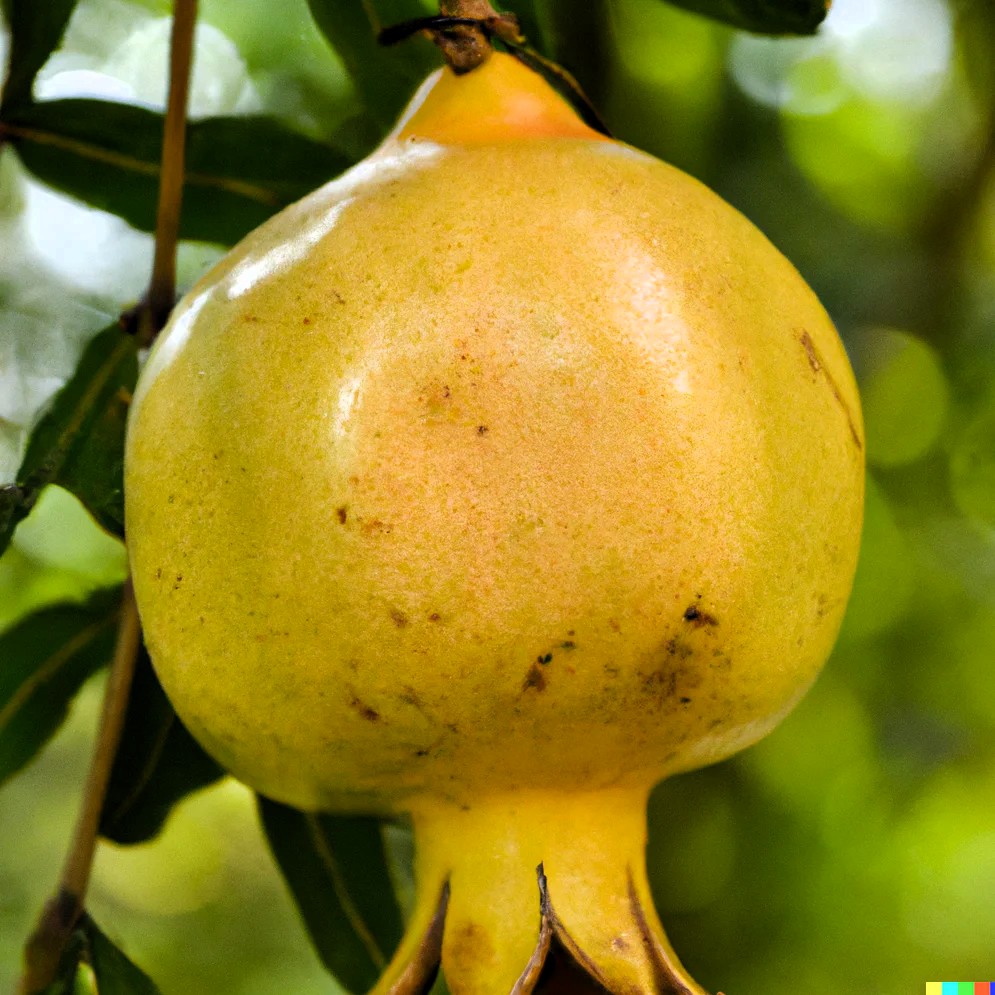
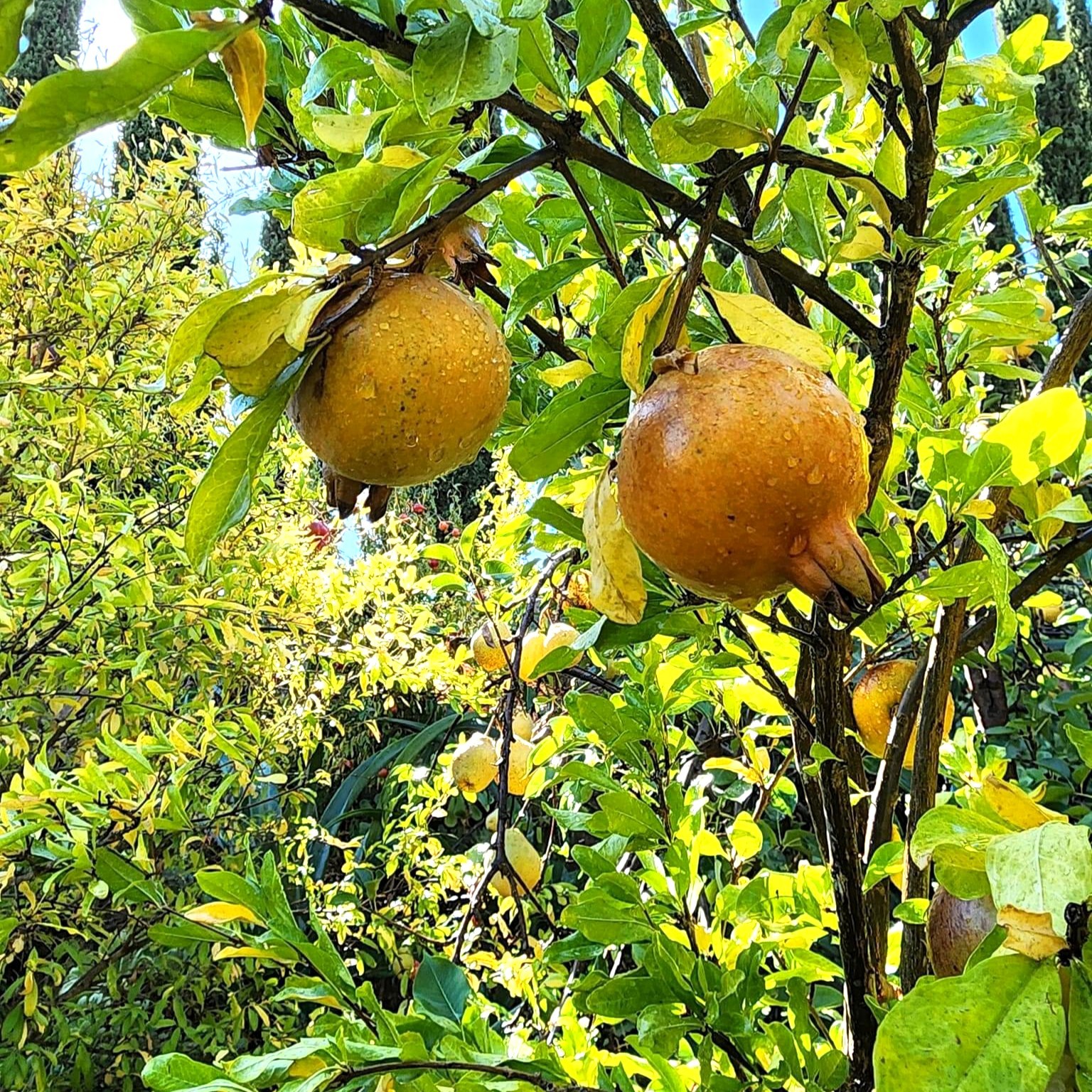
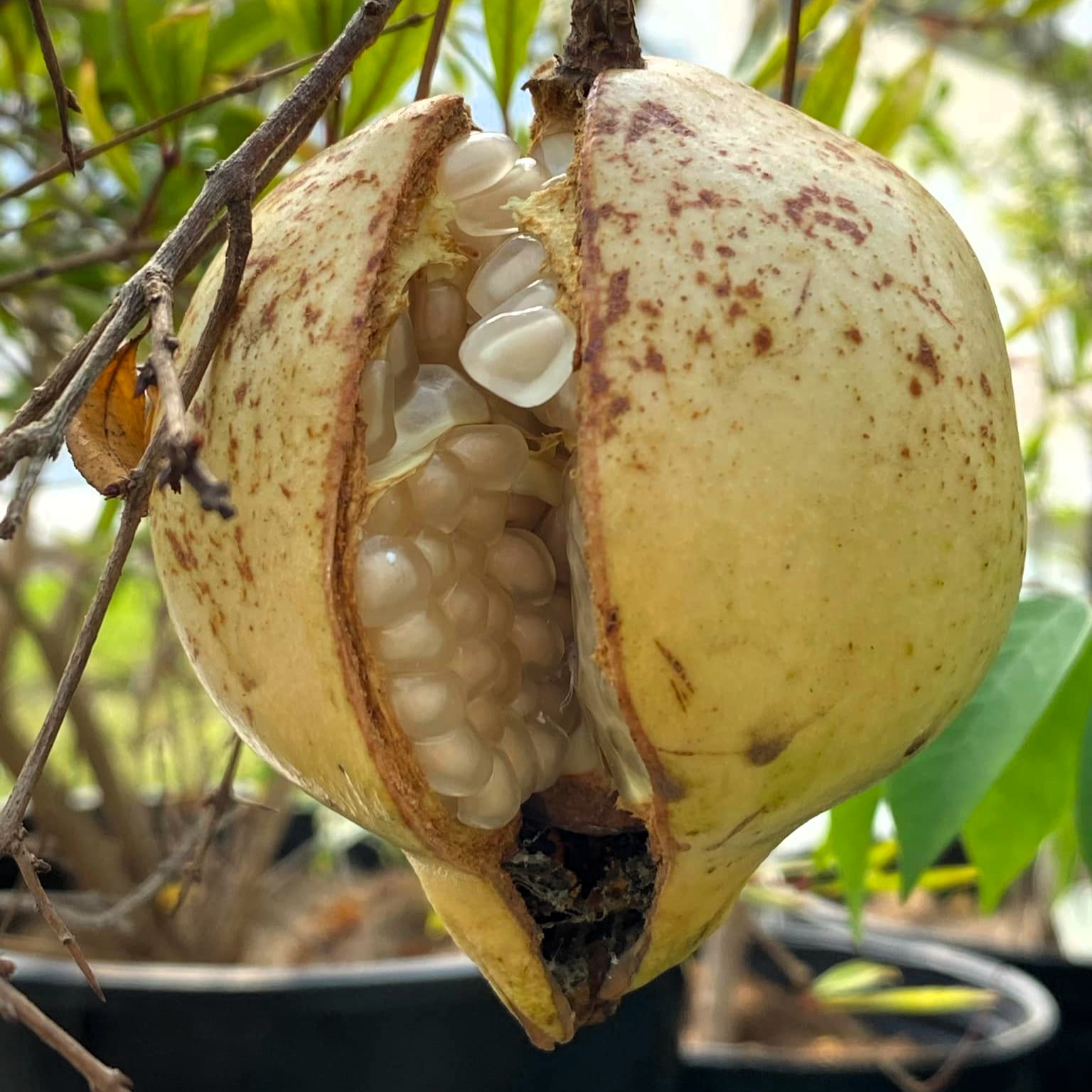
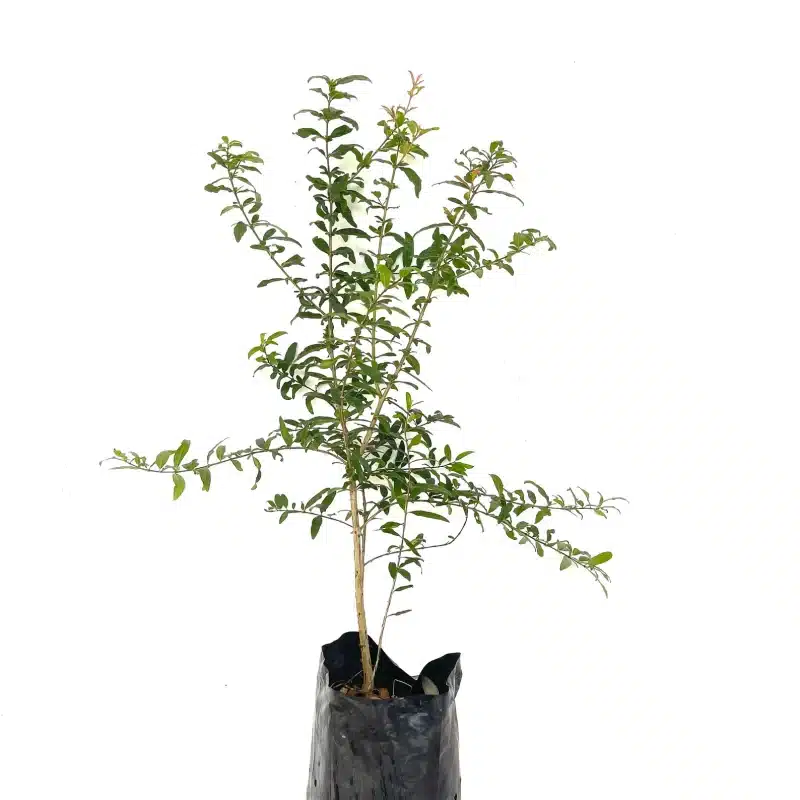
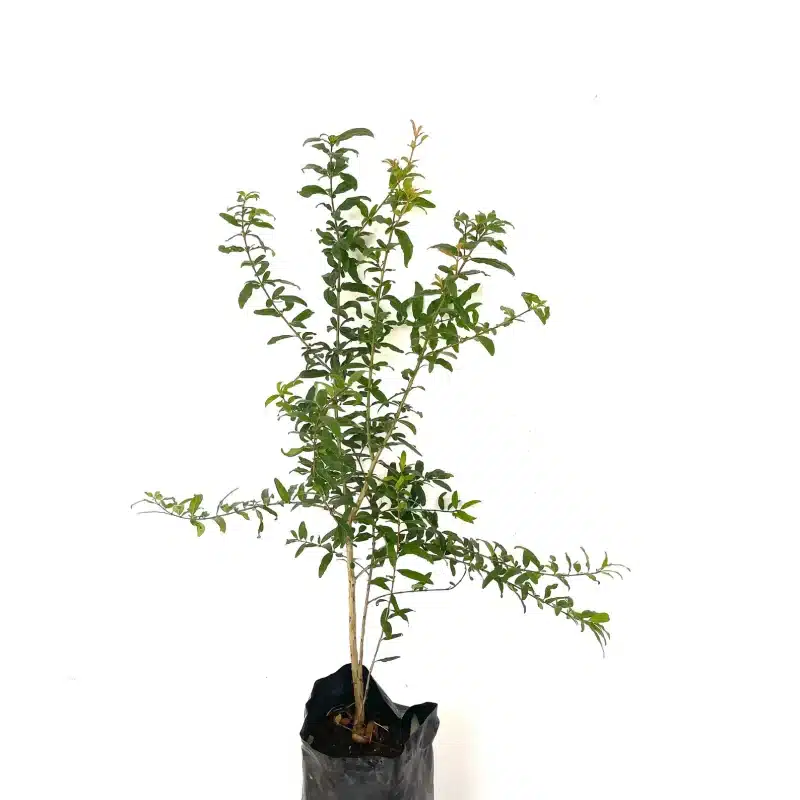
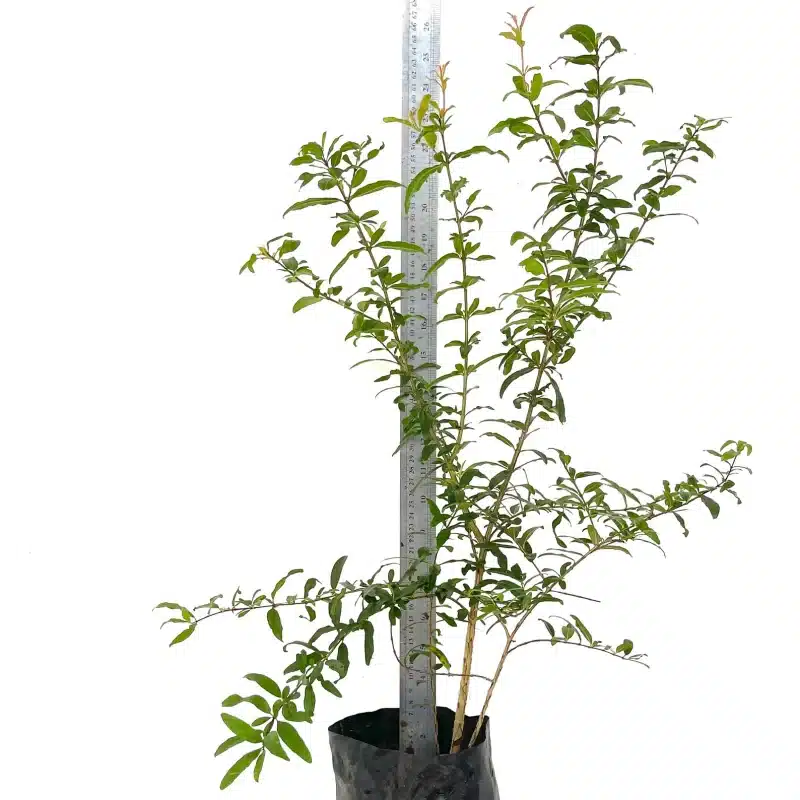




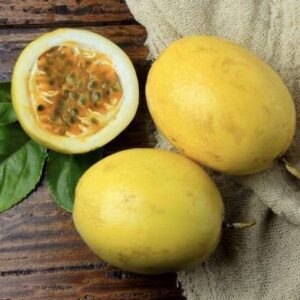
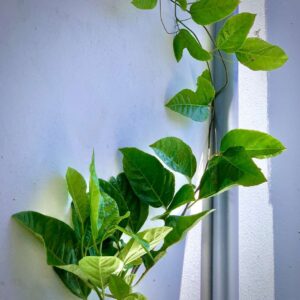
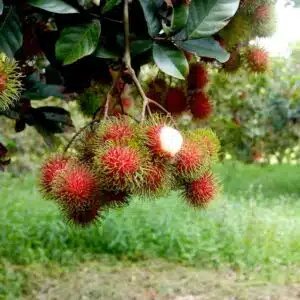
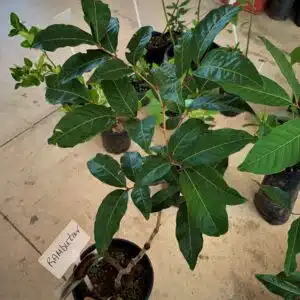


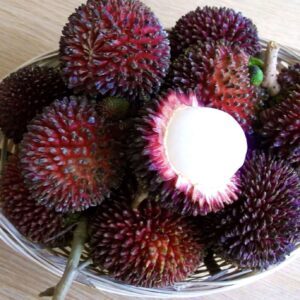
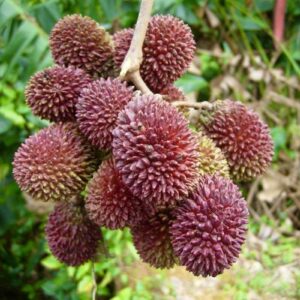
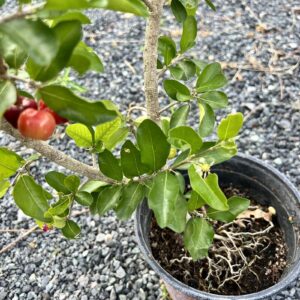
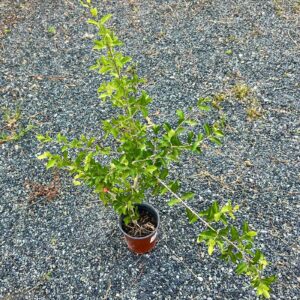


Reviews
There are no reviews yet.